古代文明如何建造了金字塔?
qian(作) 历史故事中国的古代文明以其悠久的历史和丰富的文化遗产而闻名于世。从早期的夏商周时期到后来的秦汉唐宋元明清等朝代,每个时代都有其独特的文化和历史贡献。其中最著名、最具代表性的建筑之一就是被誉为“世界七大奇迹”之一的万里长城。然而,除了这些广为人知的成就之外,在中国历史上还存在着许多其他令人惊叹的建筑物和工程壮举——例如那些至今仍然令我们感到神秘莫测的金字塔。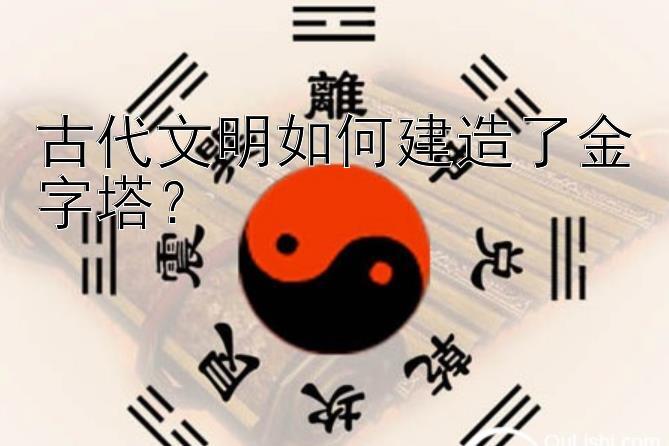
在探讨这个问题之前,我们需要明确一点:这里所说的“金字塔”并非特指古埃及法老陵墓那种典型的尖锥形结构(尽管它们也是人类早期文明的杰出代表),而是泛指所有具有类似形状或用途的大型土石堆砌体。在中国境内就有多处这样的遗迹存在,并且在不同的地区有着各自独特的故事背景和发展历程。
首先,我们要提到位于河南省安阳市殷墟附近的小屯西地遗址。在这里发现了大量圆形夯土台基以及围绕它们的方形围墙。这些建筑群可能与祭祀活动有关,并且可能是为了纪念某些重要的事件或者神祇而建。虽然它们没有达到真正意义上的“金字塔”的高度和规模,但它们确实展示了当时人们对于空间规划和土木工程的精湛技艺。
其次,在四川省成都市郊外的青城山麓下也有一座名为“天府宝库”的古墓葬群。这个墓区中最为引人注目的是一座被称为“天子冢”的高大山丘式陵墓。据传该墓是三国时期蜀国皇帝刘备及其皇后吴氏之墓。这座陵墓不仅在外观上类似于埃及的金字塔,而且在内部结构和装饰上也同样精美绝伦。它不仅是研究三国历史的宝贵资料,同时也是了解中国古代丧葬习俗和文化信仰的重要窗口。
最后,我们不能不提及安徽省合肥市肥东县境内的巢湖边上的“
The construction of pyramids in ancient civilizations is a subject that has fascinated historians and archaeologists for centuries. While the most famous examples are undoubtedly those found in Egypt, other cultures around the world have also constructed structures that bear similarities to these iconic monuments. In China, several such sites exist, each with its own unique story and historical significance.
One example can be found at Xiaotun West Site near Yin Ruins in Anyang City, Henan Province. Here, numerous circular rammed earth platforms surrounded by square walls were discovered. These buildings may have been related to religious activities and could have served as memorials for significant events or deities. Although they do not reach the height or scale typically associated with Egyptian pyramids, they nonetheless demonstrate an advanced level of spatial planning and engineering during their time period.
Another site worth mentioning is Tianfu Treasure Vault on the outskirts of Chengdu city, Sichuan Province. The most striking feature within this necropolis is the Emperor's Mound – a large hill-like tomb structure that bears some resemblance to traditional pyramid shapes. According to legend, it houses the remains of Liu Bei, emperor of Shu Kingdom during the Three Kingdoms era (220–280 AD), along with his empress Wu Fei. Not only does this mausoleum exhibit architectural similarities to pyramids outside of China; inside, one finds exquisite decorations and artifacts that provide insight into burial practices and cultural beliefs from that period.
In conclusion, while there isn't just one definitive answer regarding how exactly ancient civilizations built their pyramids—each culture had its methods based on local materials available technology levels—we see clear evidence throughout history that human ingenuity knows no bounds when faced with challenges like creating lasting monuments capable of transcending generations while simultaneously reflecting complex societal values systems across different eras worldwide including within China itself where we continue today uncover new mysteries surrounding our shared heritage through archaeological discovery ongoing research efforts dedicated professionals working tirelessly preserve knowledge share wisdom future generations benefit all humanity collectively forward together evermore harmoniously united diversity strength collective spirit perseverance innovation excellence timelessness legacy forevermore!


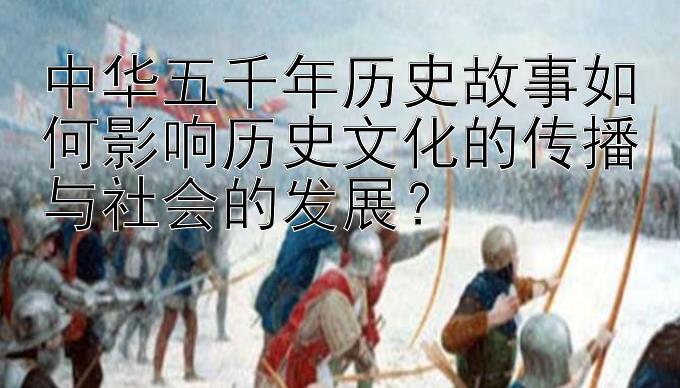

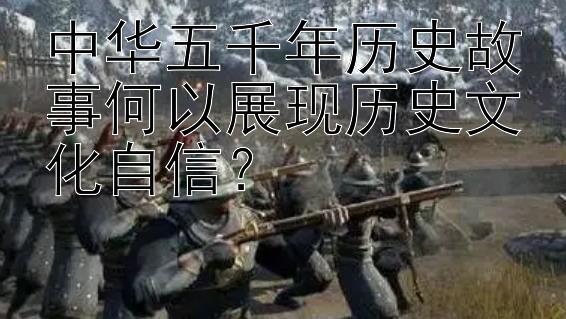
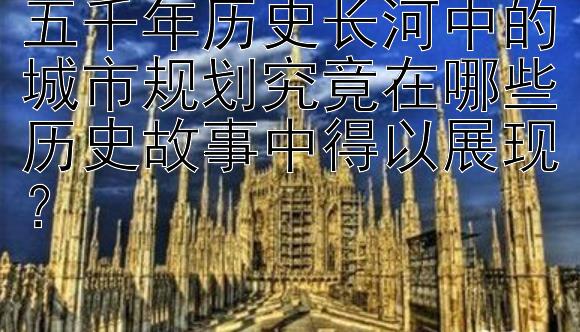

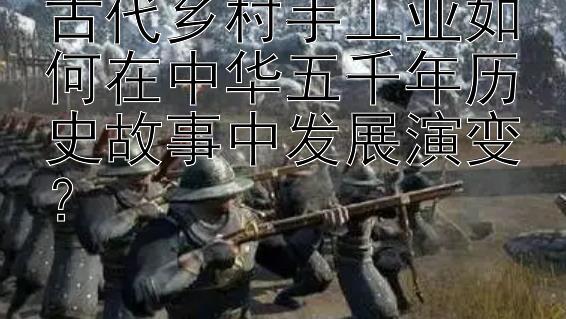
 白羊座运势2025
白羊座运势2025 金钱面前易损亲情的五大星座
金钱面前易损亲情的五大星座 命中能遇贵人,生活越过越好的三大星座
命中能遇贵人,生活越过越好的三大星座 三观正,人生态度很阳光的星座
三观正,人生态度很阳光的星座 控制欲超强的星座女生:我是女王
控制欲超强的星座女生:我是女王 失恋后,12星座后遗症及自救方法
失恋后,12星座后遗症及自救方法